Drug research has been greatly transformed by the “omics revolution” and advances in computational tools, combinatorial chemistry, and high throughput screening techniques (HTS). These implements have advanced the ability to identify target molecules that serve as points of attack for future medicines, the design and synthesis of potential lead compounds, and further characterization, screening, and assays for therapeutic efficacy and toxicity. In Ligand-Macromolecular Interactions in Drug Discovery: Methods and Protocols, experts in the field highlight the main principles and methodologies currently utilized in the study of molecular interactions between compounds, either natural or synthetic, and complementary biological targets, within the scope of drug discovery. Beginning with a historical perspective of drug research focusing on the contribution of genomics, proteomics, high-throughput methods, and computational developments in drug discovery, the book then delves into highly detailed methods on topics such as NMR spectroscopy, compound library design and synthesis, chemical and biological microarrays, and many others. Written in the highly successful Methods in Molecular Biology? series format, chapters include introductions to their respective subjects, lists of the necessary materials and reagents, step-by-step, readily reproducible protocols, and notes on troubleshooting and avoiding known pitfalls.
Authoritative and cutting-edge, Ligand-Macromolecular Interactions in Drug Discovery: Methods and Protocols will serve as an ideal guide to scientists in academia and in industry who are striving to further our knowledge of medicines.

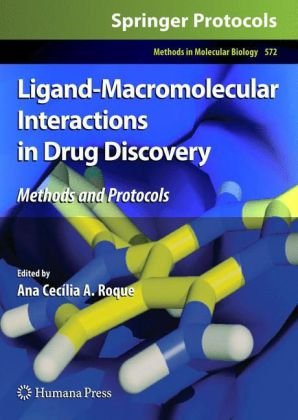
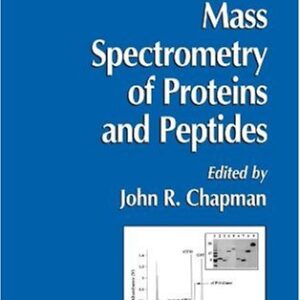
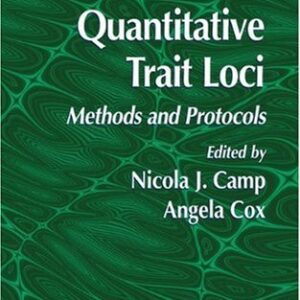
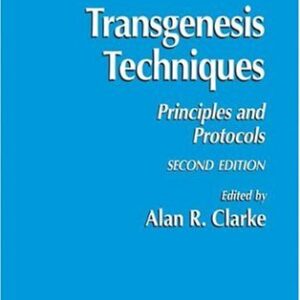
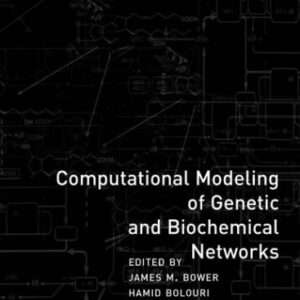
Reviews
There are no reviews yet.